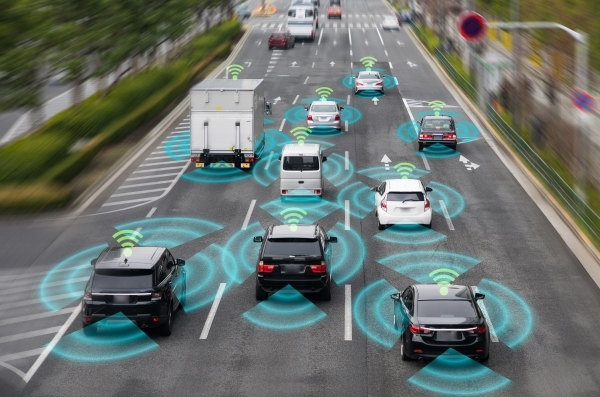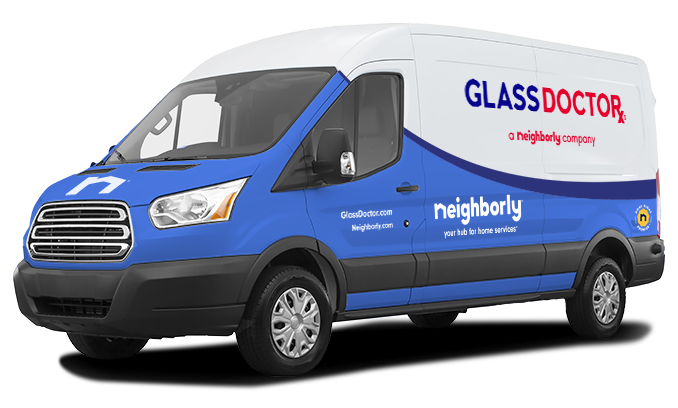
Glass Doctor explains how lane assist technology enhances driver safety.
|
Have you ever zoned out or nodded off while behind the wheel? Then you may know the unsettling feeling of whipping the steering wheel back to correct your drifting vehicle and get it back in your lane.
The National Highway Traffic Safety Administration noted that there are nearly 100,000 fatigue-related road accidents every year and, from those, approximately 800 deaths.
Lane assist technology attempts to make the road safer by alerting drowsy drivers that they are drifting off the road.
What is Lane Keep Assist?
Lane keep assist is a blanket term for branded technologies that attempt to keep drivers from unintentionally drifting out of their driving lane. As an advanced driver assistance system (ADAS), lane keep assist technologies uses sensors to detect the lane and engages light steering torque to direct drivers away from the edge and toward the center of the lane.
Although different manufacturers use different names for the systems, there are three types of lane assist technologies commonly used together. They include:
-
Lane Keep Assist: Detects when you are about to leave the lane without signaling and gently nudges you back into the detected lane.
-
Lane Departure Warning: If the vehicle drifts to the edge of the lane without signaling to turn or change lanes, the system will offer a visual alert with flashing lights as well as an audible alarm.
-
Lane Centering: Commonly marketed as a type of Lane Keep Assist, Lane Centering is a more advanced system that visualizes the road and uses light steering torque to keep your vehicle smoothly centered in the lane.
Related Topic: Help! My Car Window Won't Go Up!
How Does Lane Keep Assist Work?
To detect the straight or curved lane you are driving in, Lane Keep Assist uses cameras, lasers, and other sensors.
-
Camera. A forward-facing camera is installed behind the rearview mirror, where it scans the road to detect the white or yellow lines of the lane.
-
Steering feature. When the vehicle drifts to the side, the system applies light steering torque to turn the car back to the center of the lane.
-
Braking feature. If it is unsafe to readjust the steering, Lane Keep Assist can engage the brakes to slow or stop the vehicle.
Why Is Lane Assist Technology Important?
Lane assist technologies help prevent crashes when a drowsy driver starts to nod off at the wheel. Coupled with lane departure warning, the system can alert you that the vehicle is leaving the detected lane without signaling. In some settings, it can also use stronger torque to pull the vehicle back into the detected lane or apply the brakes, potentially avoiding a crash.
Further, lane assist technologies:
-
Step the vehicle closer to autonomy: When lane keep assist is paired with another ADAS system like autonomous emergency braking (AEB), the car moves from being a level 1 to a level 2 in autonomous technology.
However, the steering feature in lane keep assist is more like a nudge and not enough to trust the vehicle to drive on its own. Even vehicles equipped with the newer lane-centering technology—which can maintain direction with the driver letting go of the wheel—still need the driver to pay close attention to the road.
-
Help prevent crashes from fatigue: Fatigue causes a significant number of road accidents. Lane assist technology makes driving safer by reducing the risk and keeping the vehicle out of the wrong lane.
-
Offer an alert that it's time to rest: Drowsy driving happens on long trips, and sometimes drivers push past exhaustion without acknowledging when it's an appropriate time to stop. Lane departure warnings are a wake-up call that it's time to stop and rest, get a coffee, or take a nap.
Related Topic: Someone Smashed My Car Window – What Do I Do?
Calibrate Your ADAS Technologies after Service
Lane assist technologies make driving safer by preventing crashes from driver fatigue. Like any other advanced driver assistance system, these also require occasional maintenance and calibration—specifically, after your vehicle's windshield is repaired or replaced.
For windshield services and subsequent ADAS calibration, choose your local Glass Doctor. Request an estimate online or call us to learn more.

